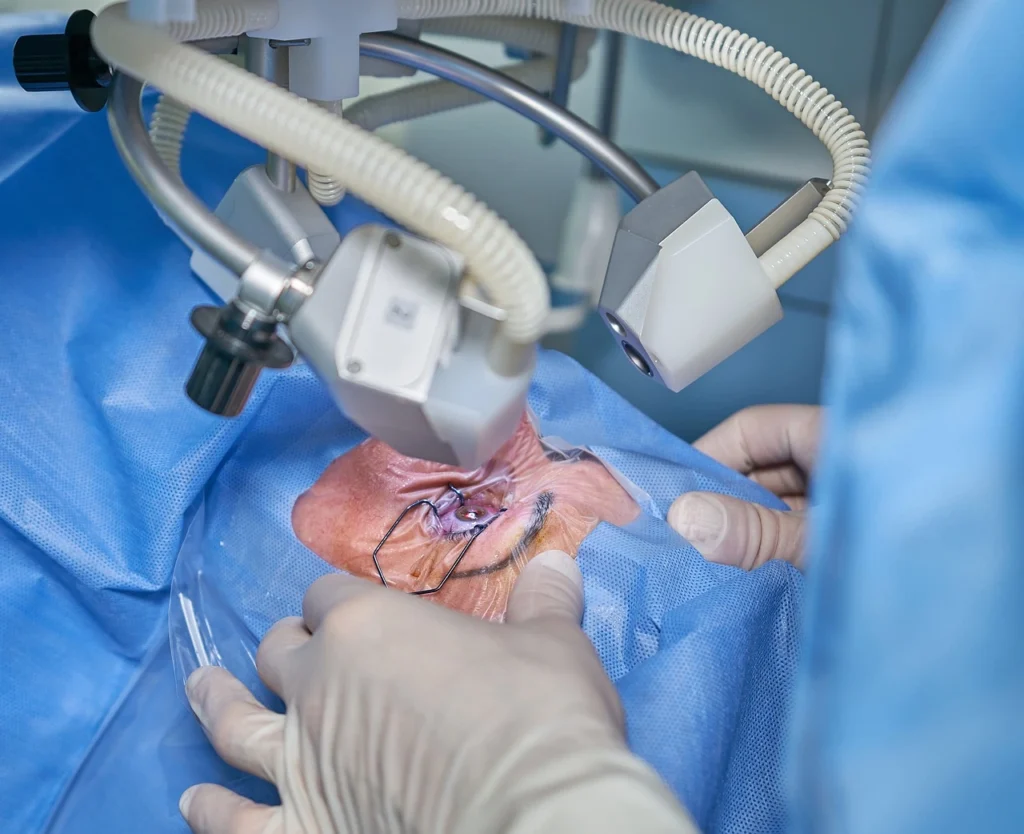In sports, injuries can sometimes be unavoidable. For athletes like Kata Akena, undergoing surgery after a major injury is a crucial step to returning to the field. Kata’s recent surgery was a key moment in his career, aimed at repairing his knee and restoring his ability to perform at a high level. This article will explain what happened during kata akena surgery, why it was needed, and how athletes typically recover after such procedures. We’ll also explore how modern medical techniques and post-surgery care can help athletes get back to full strength.
Kata Akena Surgery
Kata Akena surgery refers to the specific knee procedure Kata underwent following an injury to his knee ligaments. For athletes, especially those in sports that involve a lot of running and sudden movements, knees are often vulnerable. Ligament damage can make it hard to walk, let alone compete, and surgery is often the best option for recovery.
The type of surgery Kata had was arthroscopic knee surgery, which is minimally invasive. Doctors insert a small camera called an arthroscope into the knee through tiny cuts to repair the damaged tissue. This kind of surgery is quicker and allows for a faster recovery compared to traditional methods.
Why Did Kata Akena Need Surgery?
Kata Akena’s injury occurred during a high-intensity sports match, where a sudden twist or impact caused damage to the ligaments in his knee. Ligaments are like tough rubber bands that hold bones together. When they get torn or stretched too much, athletes need sports injury surgery to repair them.
For professional athletes, surgery becomes necessary when physical therapy or rest alone can’t fix the issue. Kata’s injury was severe enough that surgery was his only option to regain full knee function. Without it, his sports career could have been in jeopardy.
Historical Background of Knee Surgeries in Sports
In the past, major knee injuries often meant the end of an athlete’s career. However, advances in orthopedic knee surgery have changed the game. Techniques like knee cartilage surgery and ACL reconstruction surgery allow athletes to recover more quickly and get back to competing at a high level. The use of minimally invasive knee surgery has made the recovery process easier, reducing the risks of complications and shortening the time needed for athletes to return to their sport.
Host Countries and Venues for Surgery: Specialized Care for Athletes
When top athletes like Kata Akena require surgery, they often travel to specialized medical centers that focus on sports injuries. These facilities are equipped with cutting-edge technology and highly experienced surgeons who specialize in treating athletes. Having access to the best care ensures that the surgery is done efficiently and with minimal risk.
In these sports medicine centers, athletes often find experts in surgical treatment for knee injuries, who understand the specific needs of athletes. Whether it’s performing knee replacement surgery for older athletes or ACL surgery for those who need ligament repair, these facilities play a crucial role in modern sports recovery.
Tournament Format and Structure of Recovery
After surgery, athletes like Kata Akena follow a structured recovery program. This process is much like training for a sports tournament, with various stages:
Group Stage: Initial Recovery Phase
In the first few weeks after surgery, the focus is on resting the knee and allowing it to heal. During this phase, Kata had to keep his knee immobilized to prevent further damage. He also started gentle movements under the guidance of a physical therapist.
Super 8 Stage: Physical Therapy and Strength Building
Once the initial healing was complete, Kata began post-surgery physical therapy. This phase is all about regaining strength and flexibility. Through carefully planned exercises, he worked on getting his knee back into shape.
Knockout Stage: Returning to the Game
In the final stage of recovery, athletes like Kata focus on sports-specific training to prepare for their return to competition. This phase includes strength training, cardio workouts, and practicing the movements they need in their sport.
Teams of Experts to Watch Over Recovery
During recovery, Kata Akena had a team of experts supporting him. This team included:
- Orthopedic surgeons who performed the surgery.
- Physical therapists who guided the rehabilitation process.
- Sports trainers who helped Kata regain his fitness.
Each member of this team played an essential role in making sure Kata’s recovery was smooth and effective.
Key Players to Watch: Surgical Techniques
Modern surgeries, like the one Kata Akena underwent, involve several advanced techniques. Here are some of the key procedures used:
- Arthroscopic surgery: A minimally invasive surgery using a camera to see inside the knee and make repairs.
- ACL reconstruction: A procedure to rebuild the anterior cruciate ligament (ACL), which is often torn during sports.
- Knee cartilage surgery: This surgery repairs the soft tissues in the knee that cushion the bones.
These techniques help athletes recover faster and with less pain.
Emerging Players: New Techniques in Surgery
Medical technology is always improving, and new techniques are emerging to make surgical recovery for athletes even better. For example:
- Stem cell therapy: Using stem cells to help damaged tissues heal faster.
- 3D printing: Creating custom implants to replace damaged parts of the knee.
- Robotic-assisted surgery: Using robots to assist surgeons, making procedures more precise.
These innovations can significantly improve outcomes for athletes like Kata Akena.
The Impact of Surgery on Athletes and the Sports World
Surgery not only helps athletes recover, but it also has a broader impact on the sports world:
1. Globalization of Sports Medicine
Athletes from around the world, like Kata, benefit from cutting-edge surgical techniques that help them return to sports faster.
2. Boost to Local Economies
When top athletes undergo surgery in certain cities, it boosts the local economy by bringing attention to medical tourism.
3. Development of Young Talent
Successful recoveries inspire younger athletes, showing them that even serious injuries can be overcome with modern medical care.

Challenges and Controversies
However, surgery isn’t without its challenges:
1. Scheduling Conflicts
Athletes often face pressure to return to the game too soon after surgery, which can lead to re-injury.
2. Security Concerns
Injuries can sometimes reoccur, and athletes must take extra precautions during recovery.
3. Weather Conditions
Cold weather can make joints stiffer, making it harder for athletes to recover fully after surgery.
Fan Engagement and the Cultural Significance of Athlete Recovery
Fans are deeply invested in the recovery of their favorite athletes. During the recovery process, athletes like Kata Akena engage with fans through social media, updating them on their progress. This helps maintain the emotional connection between the athlete and the fanbase. Additionally, merchandise and memorabilia related to an athlete’s return to sports after surgery often become highly sought after.
Conclusion: The Road Ahead for Kata Akena
Kata akena surgery showcases the incredible advancements in sports medicine that help athletes overcome severe injuries. Thanks to the latest knee surgery for athletes techniques, and a dedicated recovery team, Kata is well on his way to making a full recovery. Athletes like Kata show that with the right medical care, even the toughest challenges can be overcome

